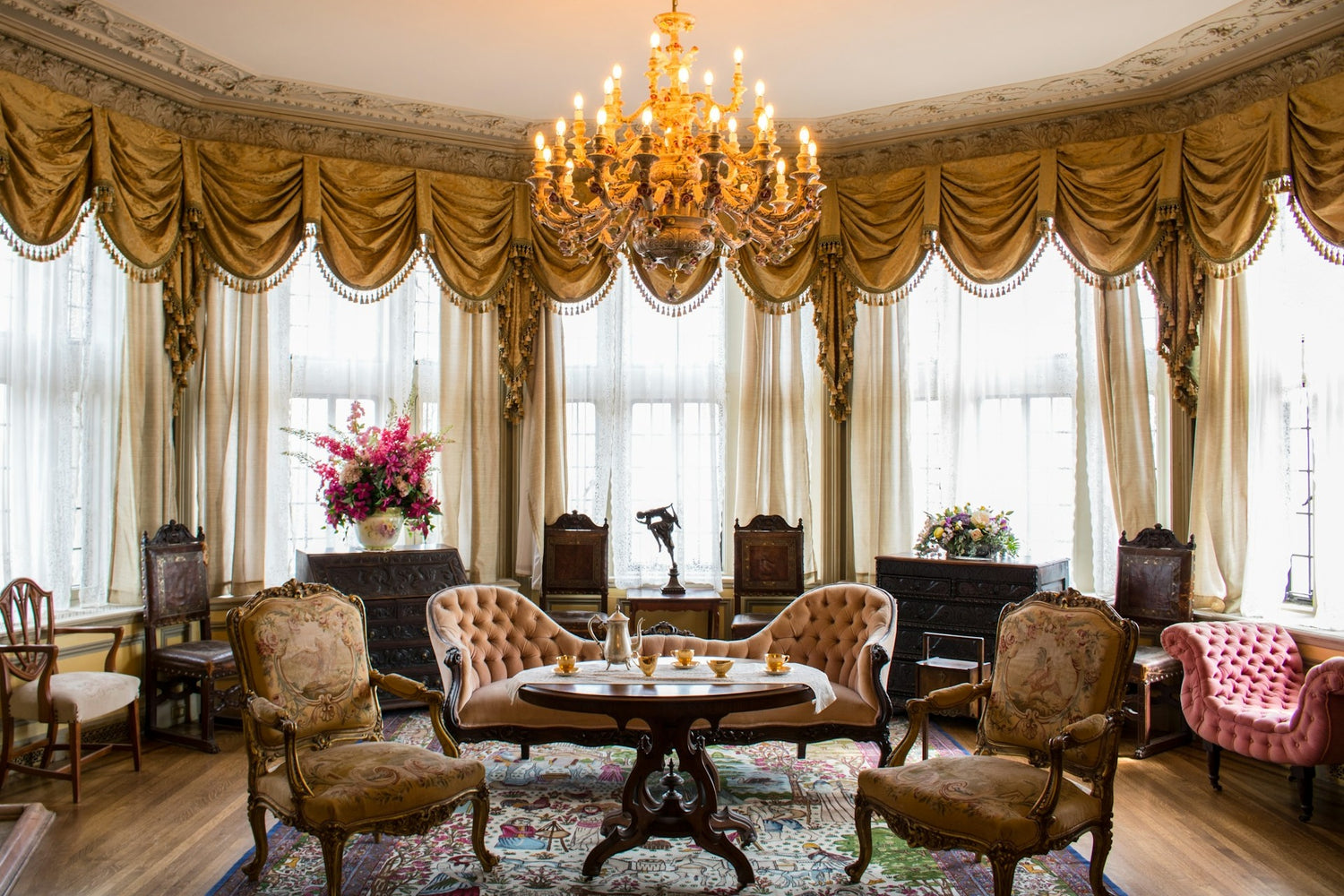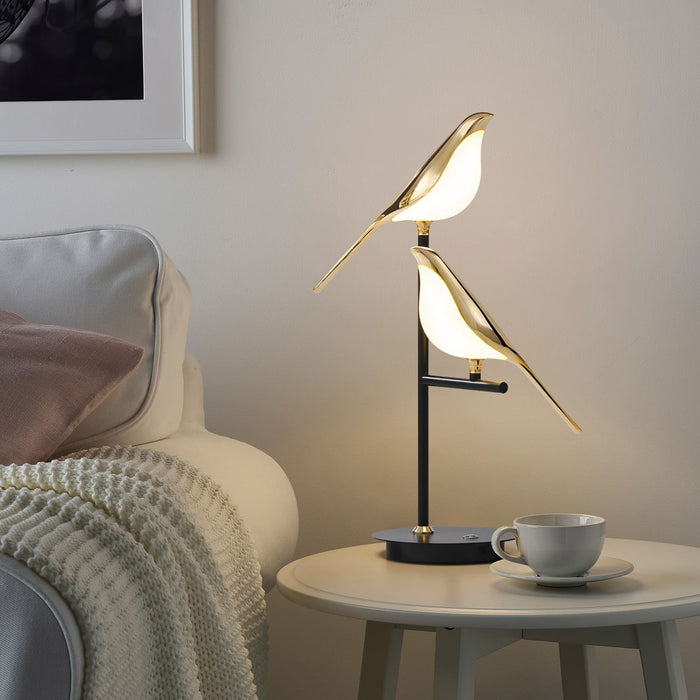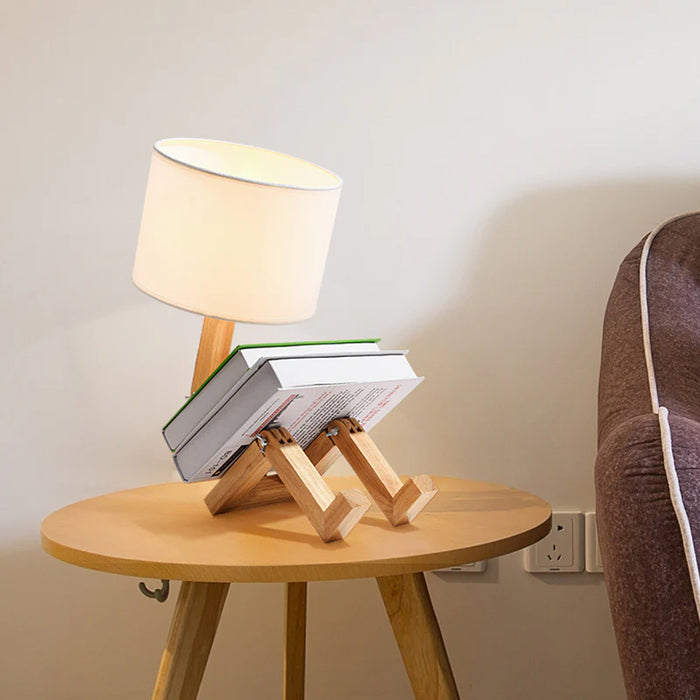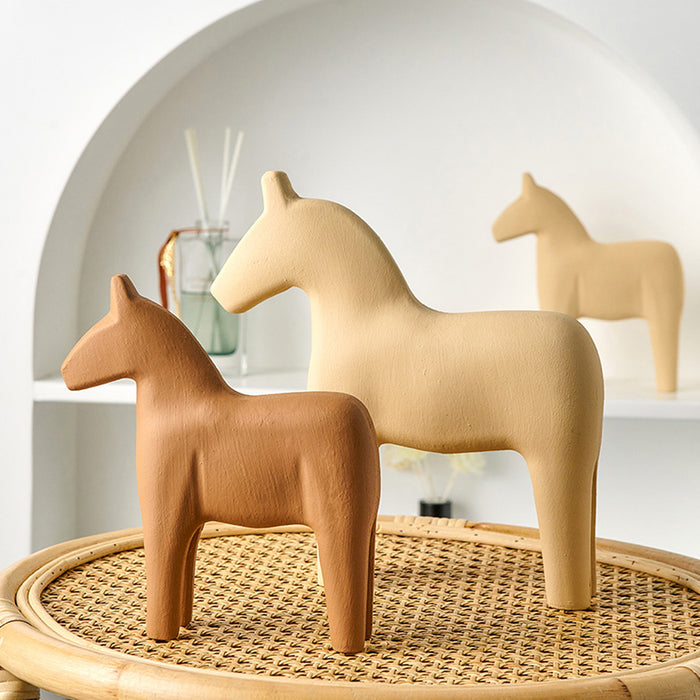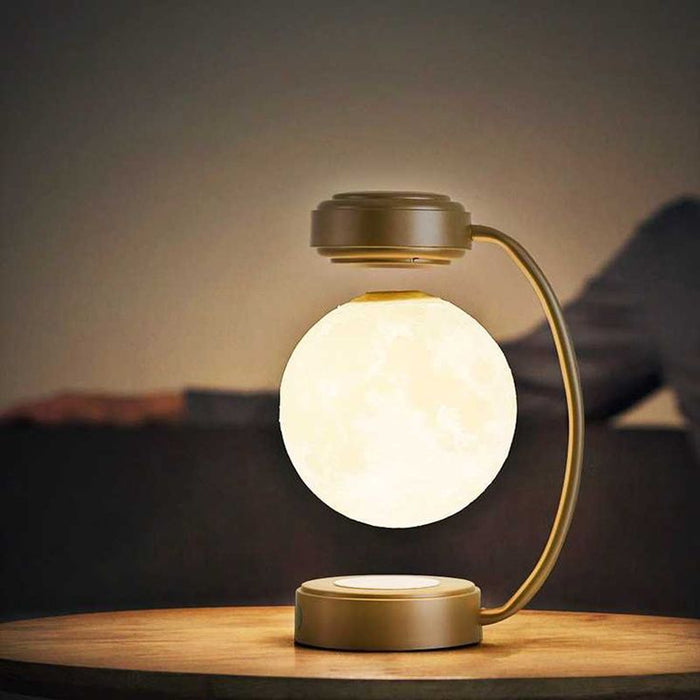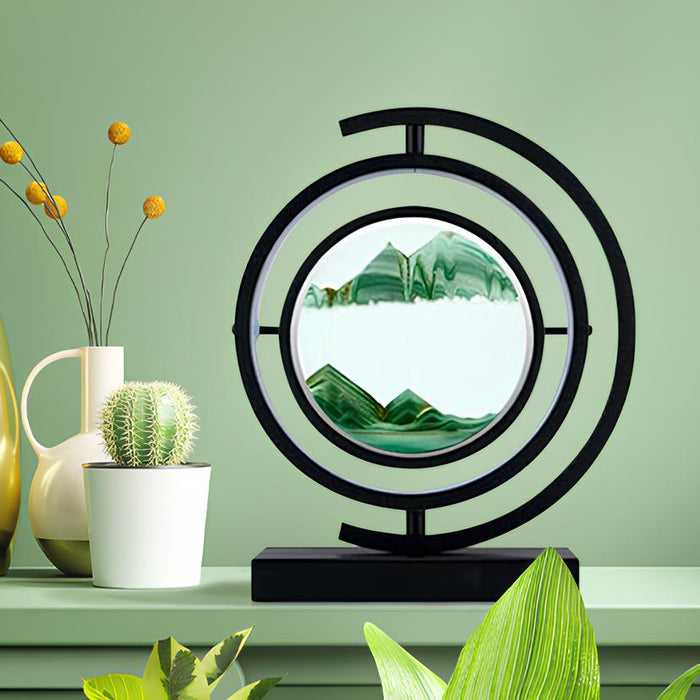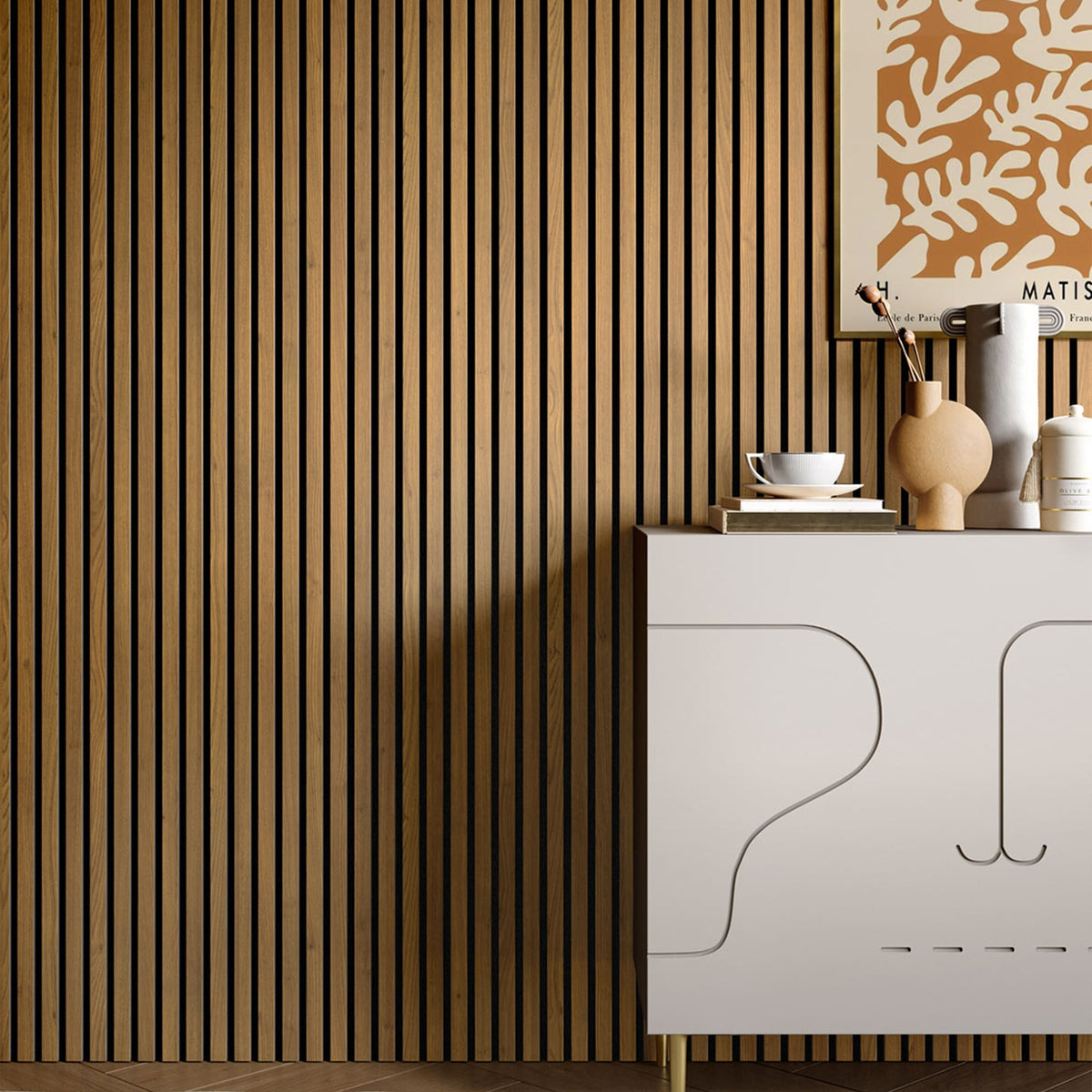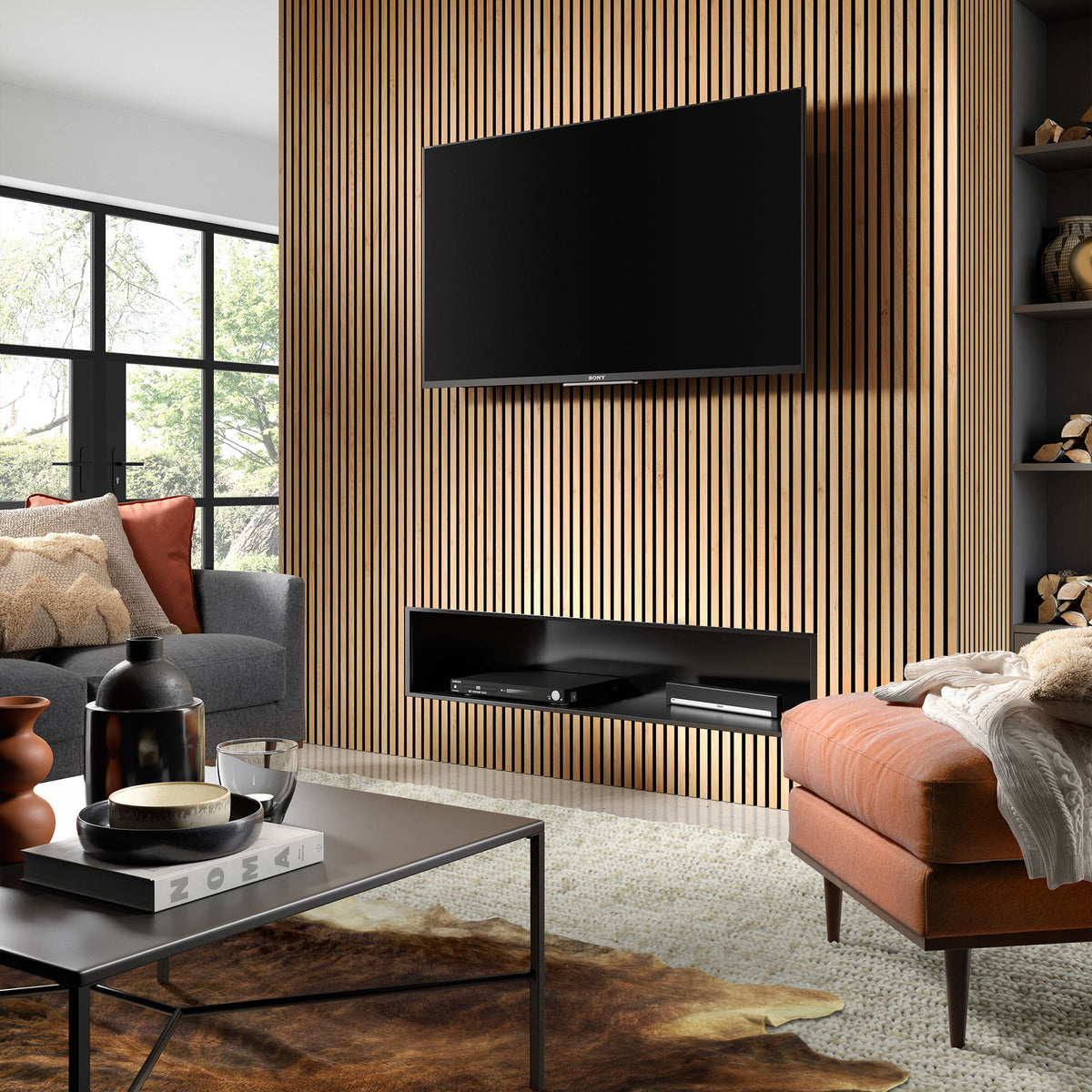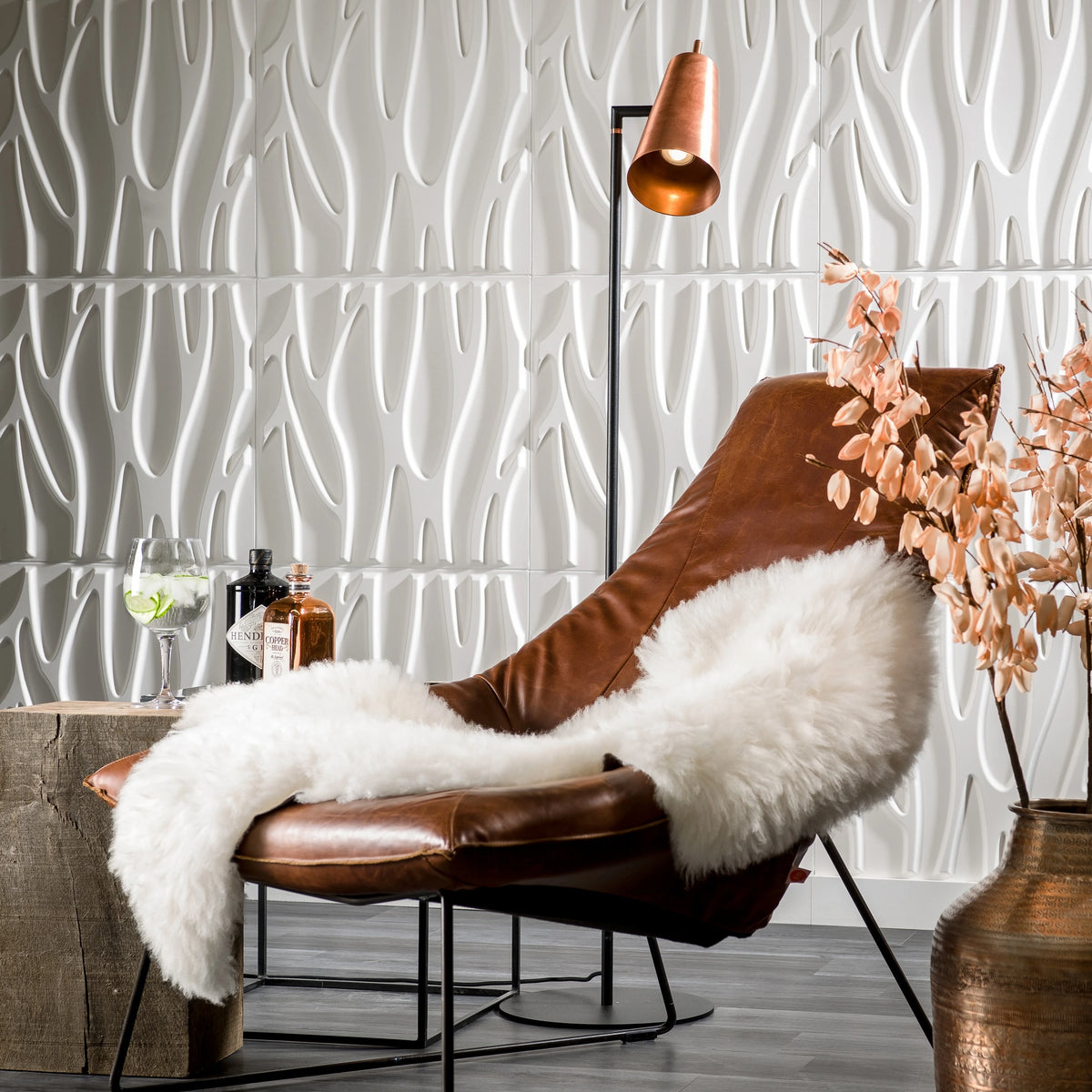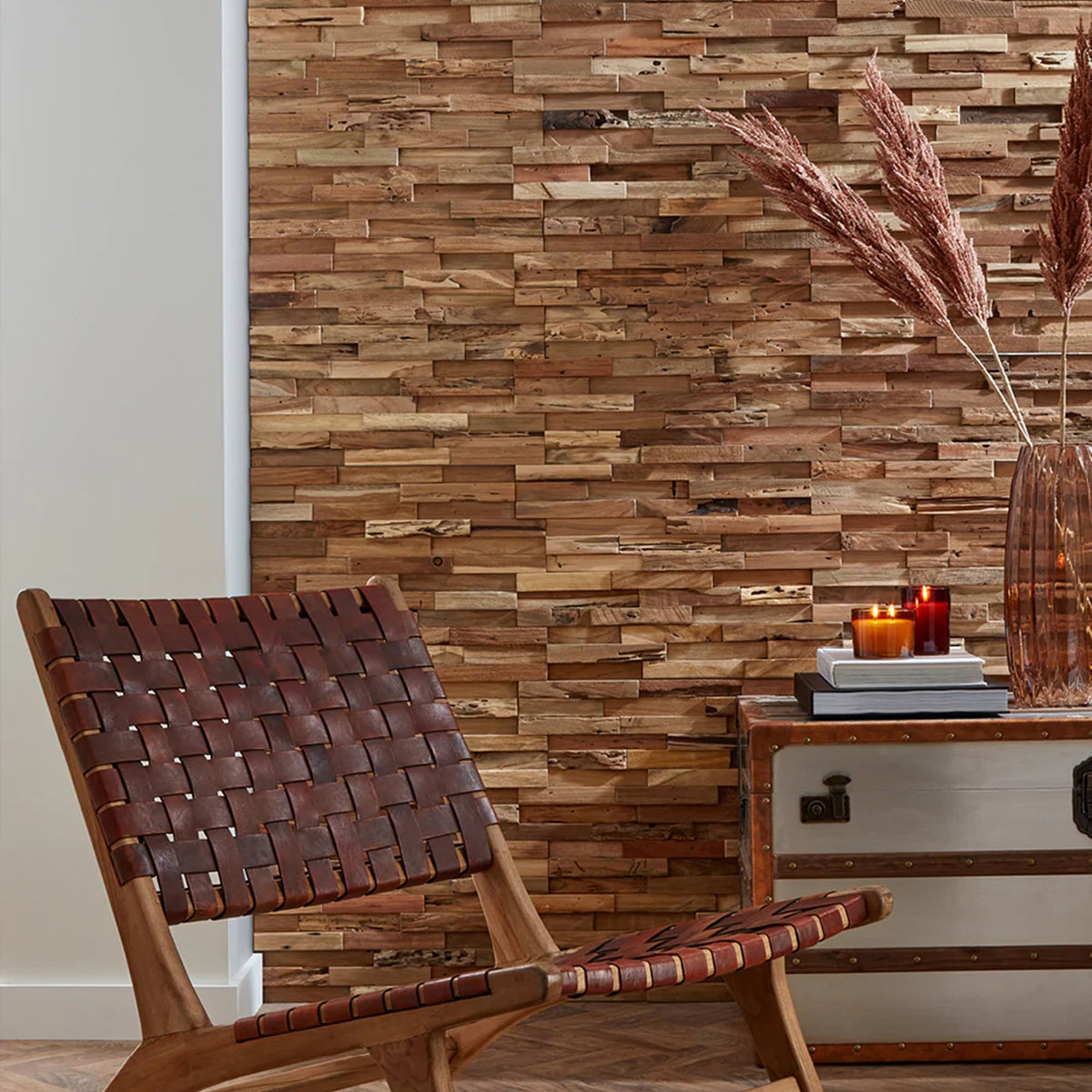The terms "parlor" and "living room" are often used interchangeably today, but they have distinct historical roots and cultural significances. Originating from different periods in history, each term carries its own unique connotations and uses within the home.
This article will explore the origins of both terms, explain their differences, and discuss how their uses have evolved over time, reflecting broader changes in societal attitudes and architectural trends.
What is a Parlor Room?

A parlor room, traditionally found in the grand homes of the 18th and 19th centuries, served as a formal space primarily used for entertaining guests. It was typically the most elaborately decorated room in the house, showcasing the family's wealth and social status.
Parlors were often furnished with the finest pieces, such as plush seating, ornate decorations, and artworks, intended to impress visitors and serve as a setting for social gatherings.
Why is it called a Parlour?

The term "parlour" originates from the French word "parler," which means "to speak." The parlor was historically designated as a space for conversation and social interaction.
In medieval Christian Europe, it referred to a place where monks or nuns could speak with visitors from the outside world. Over time, the concept of the parlor evolved into a residential space where homeowners could entertain guests and engage in social activities.
Read More: Contemporary Home Decor: A Guide to Modern Living Spaces
What is the difference between a Living Room and a Parlour?

The main difference between a living room and a parlor lies in their intended use and level of formality. A living room is a more relaxed space where family members gather to spend time together, watch television, and relax. It is designed for comfort and everyday use.
In contrast, a parlor is a more formal space intended primarily for entertaining guests and is often used less frequently, reserved for special occasions.
Why was a Living Room Called a Parlor?

Originally, the term "living room" was synonymous with a parlor, as the parlor was where most socializing occurred within the home. Over time, as living spaces became more casual and centered around the family's daily activities, the term "living room" began to replace "parlor" to reflect its purpose as a place for living rather than formal entertaining.
When did the term Parlor change to Living Room?

The shift from "parlor" to "living room" began in the early 20th century, particularly after World War I. This change was partly influenced by the Ladies' Home Journal, an American magazine that promoted the idea of a "living room" as a space that was more aligned with the living habits of modern families. The change reflected a societal shift towards more casual, family-oriented living spaces.
The Architectural Significance of Parlors

Parlors were not just spaces for entertainment; they were a showcase of architectural innovation and design trends of their time. These rooms often featured elaborate moldings, intricate wallpaper, and sophisticated woodwork, reflecting the latest design trends and the homeowner's tastes and financial status.
Read More: How to Style a Large Living Room: Top Design Tips
Modern Adaptations of the Parlor Concept

Today, the concept of a parlor has seen a resurgence in some modern homes, often termed as a "sitting room" or "drawing room." These spaces echo the traditional parlor's purpose, serving as semi-formal areas designed to host guests or engage in quiet activities, such as reading or listening to music, providing a nod to historical elegance while accommodating contemporary lifestyles.
Parlor Room Decor and Furnishing Tips

Decorating a parlor room today can involve a blend of vintage and modern elements. Rich fabrics, ornate mirrors, and classic artworks can be paired with modern comforts to create a space that is both impressive and welcoming. Lighting is also crucial, with chandeliers or ornate lamps enhancing the room’s elegance.
The Role of Technology in Modern Parlors

Incorporating technology into a modern parlor can be done tastefully to retain the room’s classic feel while adding functionality. Hidden speakers, discreetly mounted TVs, and smart lighting systems can enhance the usability of the space without detracting from its traditional aesthetic.
Read More: 3 Unique Diffusers to Transform Your Living Space
Conclusion
The evolution from parlor to living room reflects significant changes in social customs, family life, and interior design over the centuries. While the parlor was a symbol of formal social status, the living room has become a place of comfort and relaxation, indicative of the more relaxed, family-centric approach of modern society.
Understanding the distinctions and history behind these terms not only enriches our appreciation of home design but also highlights the adaptability of living spaces to meet changing societal needs. Whether you opt for a formal parlor or a cozy living room, each has its place in the history and future of home design.

